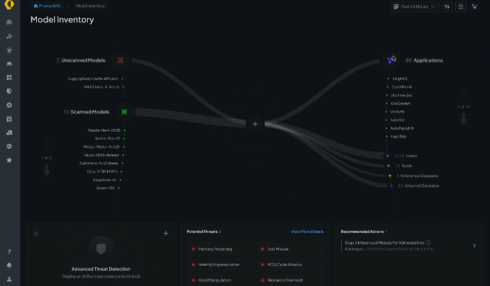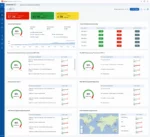
Palo Alto Networks has announced the availability of Prisma AIRS, a new AI security platform designed to protect an organization’s entire AI ecosystem, including AI apps, agents, model, and data.
It ensures safe adoption of AI by scanning models for vulnerabilities, assessing risks associated with the AI ecosystem (ex. sensitive data exposure or platform misconfigurations), and pentesting AI apps and models.
It also includes capabilities for securing AI agents against threats like identity impersonation, memory manipulation, and tool misuse.
“AI agents and apps are transforming the way we work and live. In parallel, the attack surface isn’t just expanding, it’s fundamentally changing,” said Lee Klarich, chief product officer for Palo Alto Networks. “The last thing organizations need is more point products to secure their use of AI. Organizations need best-in-class security delivered via the right architecture – platformization is that architecture. Prisma AIRS addresses both traditional and AI specific threats with best-in-class security capabilities delivered in a comprehensive, unified AI security platform that enables organizations to deploy AI bravely.”
The company also announced updates to Prisma SASE, including launching Prisma Access Browser 2.0. The latest version of Prisma SASE includes better endpoint data loss prevention, a new unified SASE agent, and support for Oracle Cloud Infrastructure.
Prisma Access Browser 2.0 provides real-time visibility, access control, and user coaching when users interact with generative AI; new ways to protect against AI-powered attacks; and a redesigned user experience.
Additionally, Palo Alto Networks released Cortex XSIAM 3.0, which introduces Cortex Exposure Management and Cortex Advanced Email Security.
Cortex Exposure Management unifies data from network, endpoint, and cloud scanners; uses AI to prioritize vulnerabilities; and utilizes automation to prevent future attacks.
Cortex Advanced Email Security detects phishing and email-based threats; correlates email, identity, endpoint, and cloud data; and removes malicious emails, disables compromised accounts, and isolates affected endpoints.








